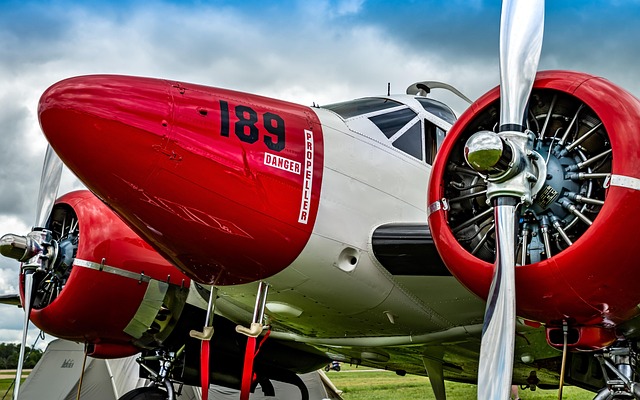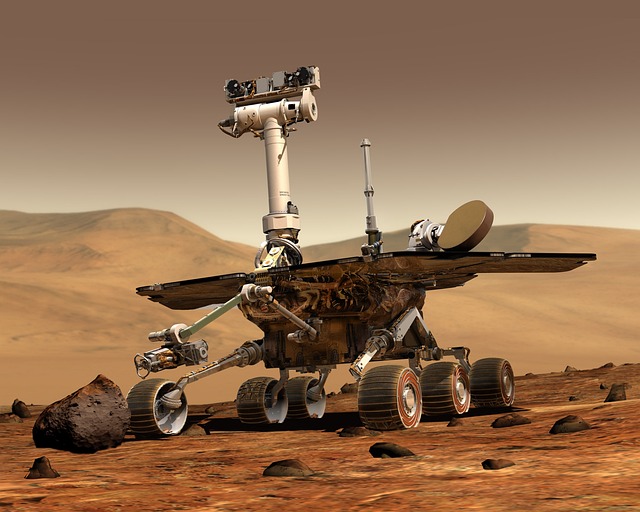In an era defined by rapid technological advancement, the concept of digital twins emerges as a transformative force in the learning landscape. Imagine a virtual replica of a physical object, system, or process that allows us to simulate, analyze, and optimize in real-time. This innovative approach is increasingly being integrated into fields such as robotics, artificial intelligence (AI), and business automation, creating a profound impact on how we learn and adapt in this digitized world.
When we think about digital twins, robotics often comes to mind. These digital representations are immensely useful in robotic applications, enabling students and professionals alike to test and refine their designs without the risk and expense associated with physical prototypes. By engaging directly with a digital twin of a robot, learners can explore the mechanics, functions, and intricacies of robotics in a safe and controlled environment. This hands-on approach fosters a deeper understanding of complex concepts, bridging the gap between theoretical knowledge and practical application.
Moreover, the integration of digital twins in AI training can lead to significant advancements in how we educate future generations. By creating virtual models of AI algorithms and systems, educators can provide students with the opportunity to visualize and interact with these technologies. This immersive learning experience can inspire a new wave of innovators in the AI field, as students can experiment with different variables and observe the outcomes in real-time. Such dynamic learning is crucial in a world where AI continues to evolve and shape industries.
The realm of business is not untouched by this pioneering technology. Digital twins play a critical role in automating business processes, allowing organizations to create accurate and up-to-date models of operations. For learners interested in business management, understanding how to utilize digital twins can provide a competitive edge. By simulating various business scenarios using these digital models, students are equipped to make better decisions, optimize resources, and improve overall efficiency.
Furthermore, the synergy between robotics, AI, and business automation through digital twins can ignite a stronger sense of collaboration. Teams can work together to experiment with processes and products, using these virtual counterparts to experiment with and analyze their strategies. This collaborative spirit not only enhances learning outcomes but also prepares students for the dynamic environments of the future workplace.
As we delve deeper into the realm of digital twins, it becomes evident that their impact on learning is profound and multifaceted. With applications spanning from robotics to business automation, these digital counterparts enable learners to explore, innovate, and reimagine possibilities. As educational institutions and businesses embrace this technology, the future of learning will undoubtedly be more engaging and effective, equipping individuals to thrive in an increasingly complex world.




